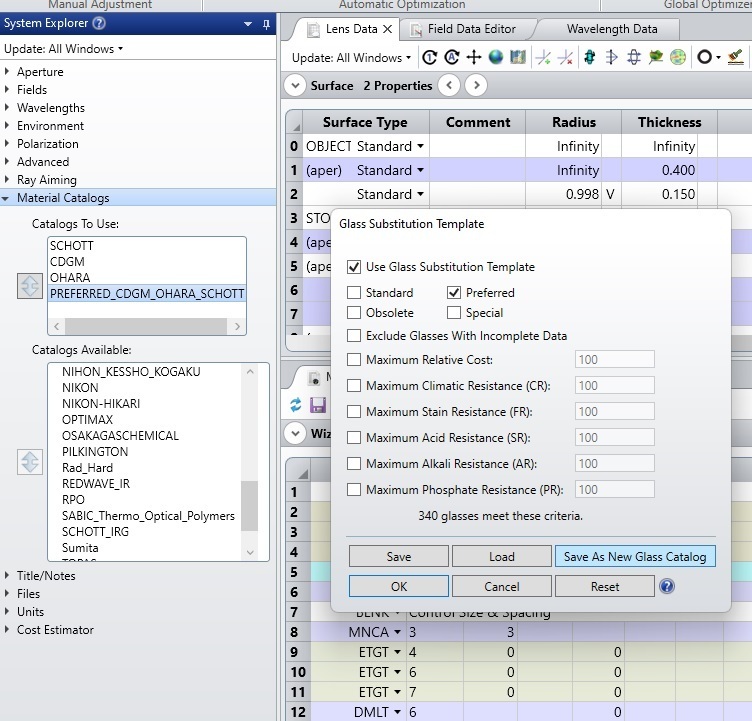This thread will be used to collect questions before the webinar, and to answer any questions we received during the webinar. Feel free to post your questions!
Be sure to subscribe to this thread if you want to see additional discussion regarding this topic. The thread will be open to comments until Thursday, March 17th.
Webinar details:
Register here: [The event has concluded]
Date: Thursday, March 10th
Time: 6:00am PST & 11:00am PST
Presenter: Bob Householder, Senior Product Sales Manager
Abstract:
Micro-optics for medical devices carry a higher burden than commercial or industrial applications where sterilization, compliance and materials play a greater role. In this talk, a generic set of opto-mechanical requirements will be studied to show the process of optical form and design through opto-mechanics, tolerance analysis and production considerations. This practical approach will reveal the top lens design forms and build on the initial design to construct an opto-mechanical sub-assembly for the application.






